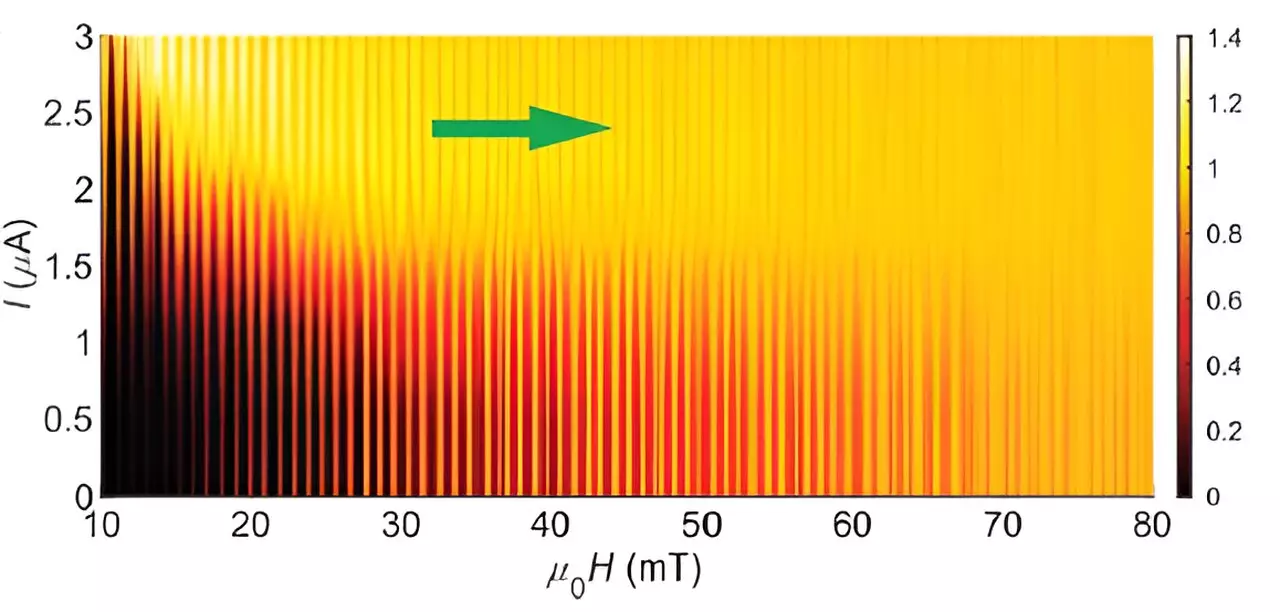Topological materials represent a fascinating subset of materials that exhibit unique electronic properties grounded in the convoluted nature of their wavefunctions. At the heart of these materials is the concept of topology—a branch of mathematics that scrutinizes the properties that remain invariant under continuous deformations. In the context of physics, when these materials meet their surrounding environment, the intricate knots and twists in their wavefunctions must reconcile with the surrounding forces. This reconciliation leads to the formation of what are termed “edge states,” where electrons at the material’s boundaries exhibit behaviors that diverge significantly from those occurring within the material’s bulk.
Superconductivity introduces an additional layer of complexity to topological materials. In a topological superconductor, both the bulk material and its edges can exhibit superconducting properties, yet they do so in fundamentally different ways. This phenomenon is akin to two distinct bodies of water that exist adjacent to one another without merging. Such a situation is not only counterintuitive but also rich in potential for technological applications.
Recent research published in *Nature Physics* highlights the unique characteristics of the topological material molybdenum telluride (MoTe2). It demonstrates that the superconducting edge currents within MoTe2 can endure substantial fluctuations in the interactions that facilitate the pairing of electrons—referred to as the “glue.” This characteristic is pivotal, considering that the phenomenon of superconductivity hinges on the effective pairing of electrons. Each pairing allows them to move together without resistance, forming the basis for superconducting behavior.
The concept of edge supercurrents pertains to currents that exclusively circulate at the borders of a topological superconductor. These currents boast remarkable properties, including the ability to maintain special particles known as anyons. Anyons differ fundamentally from conventional particles like electrons; they retain a memory of their positional history, positioning them as ideal candidates for quantum operations.
One of the intriguing facets of MoTe2—and similar topological superconductors—is how variations in superconducting behavior can be influenced by external materials. For instance, researchers have experimented with adding niobium (Nb) to MoTe2. The rationale lies in Nb’s stronger pairing potential, which permeates into MoTe2, enhancing the supercurrent oscillations. However, this interaction is fraught with complications; the pairing potentials of Nb and MoTe2 do not seamlessly coalesce. Essentially, the edge electrons toggle between the two pairing potentials, responding dynamically to the prevailing conditions.
The findings from the study of MoTe2 and its edge supercurrents not only underscore the inherent complexities of topological superconductors but also set the stage for novel applications in quantum technology. Observations indicate that when the edge pair potential aligns harmoniously with that of the bulk material, the resulting supercurrent oscillations exhibit minimal noise. Conversely, a disparity incites significant noise in the oscillation patterns, reflecting the delicate balance that governs these intricate systems.
Moreover, the edges of these superconducting materials can be harnessed to manage and manipulate anyons, offering an avenue toward reliable quantum computing. By leveraging the unique properties of edge supercurrents, scientists envision the design of robust quantum computing architectures that promise enhanced fidelity and error resilience. As we continue to unveil the rich tapestry of topological superconductors, the transition from theoretical models to practical applications appears increasingly plausible.
The exploration of topological superconductors like MoTe2 marks a significant milestone in condensed matter physics. As researchers dissect the nuances of edge supercurrents and their interactions with various materials, we inch closer to unlocking the potential of next-generation quantum technologies and energy-efficient electronics. The interplay of topology and superconductivity is not merely an academic endeavor; it is a gateway to future innovations that could redefine our technological landscape.


Leave a Reply